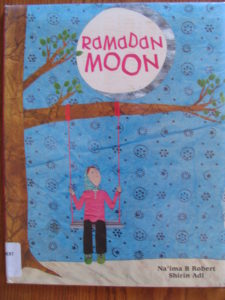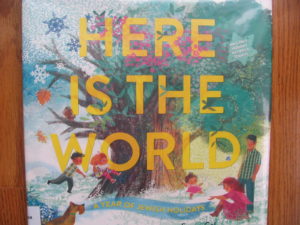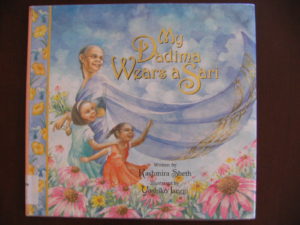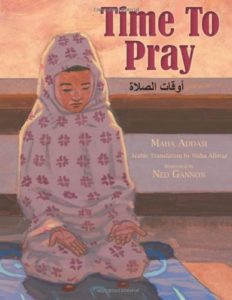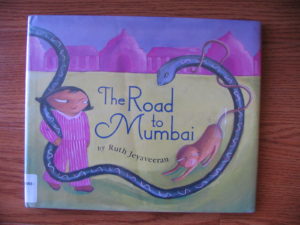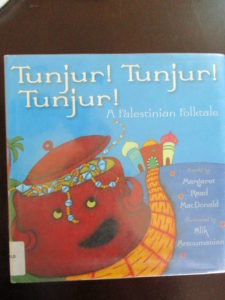By Rukhsana Khan, Illustrated by Christiane Kromer (Lee & Low Books Inc. ~ in 2013)
In the city of Lahore, Pakistan, all children are exciting with annual and traditional Kite-flying festival. Malik, boy in a wheelchair, prepares his kite to fly and move very first for competing other boy’s kites. At the end of the day, actually Malik has a big pile of captured kites. But then the neighborhood bully comes and tries to take a kite from a girl. Malik finds the way to help the girl.
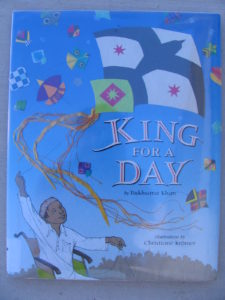
パキスタンのラホールの街で行われる Basant (Kite Festival)は、子ども達が楽しみにしている伝統的な行事である。特に、Kiteを空で戦わせるのに、子ども達は夢中になる。車椅子の少年は、最も早く動くKiteを作って、その日に備えた。その日の王者を自称していたこの少年は、意地悪な子への挑戦心と弱い子へのいたわりも示した。貼り絵を活用したイラストは、親しみと暖か味を含んでいる。ラホール生まれでカナダに住む著者は、多くの児童書を著作し受賞作品もあり、Big Red Lolipop も彼女の作品である。

